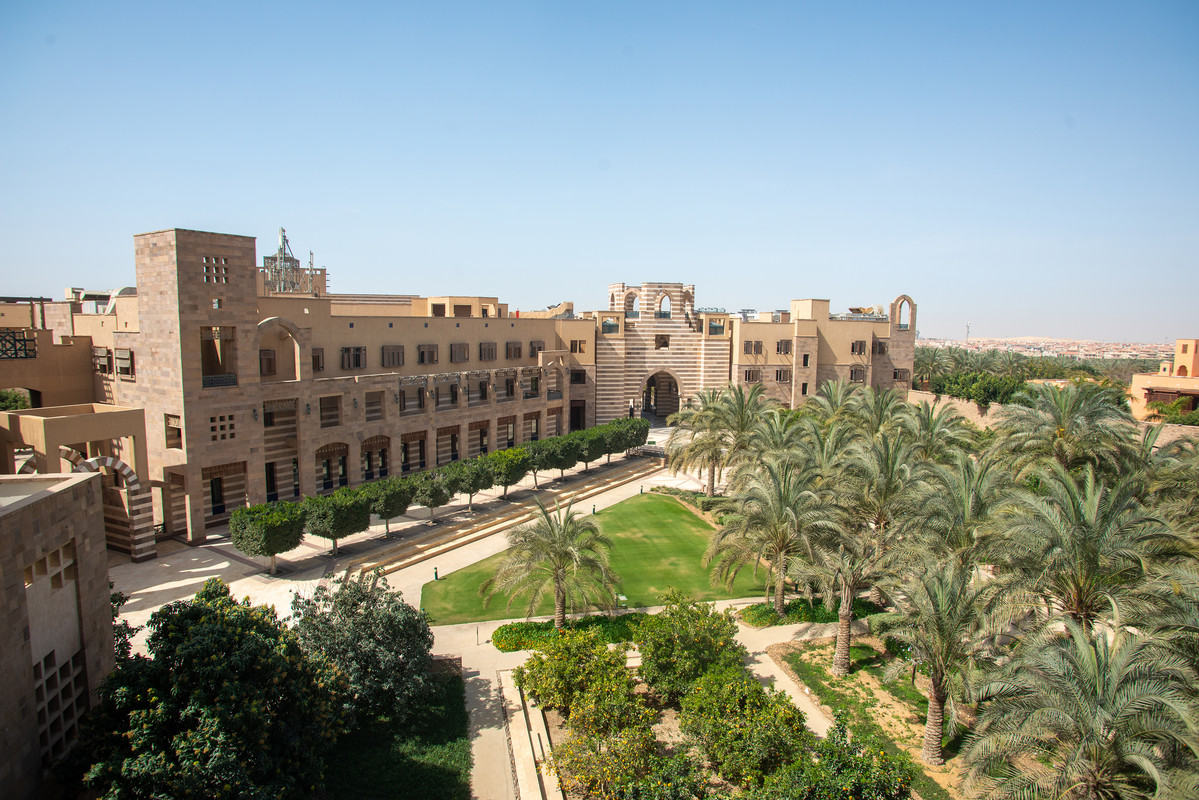
Faculty Publications
Faculty Publications
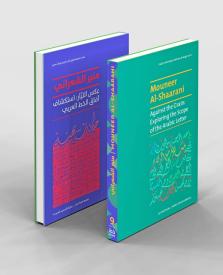
Mouneer Al-Shaarani
Naglaa Samir, associate professor of practice, published this book that intends to shed light on Al-Shaarani’s prolific graphic design practice and his unique visual language, tracing the tumultuous life of Al-Shaarani: his serial migrations and their effect on his work. This book strives to present to the reader a clear vision of Mouneer Al-Shaarani’s willingness to go against the grain in exploring the scope of the Arabic letter and its potential for continuing renewal, evolution, and cultural progress.

Nagy Shaker
Haytham Nawar, associate professor, published a book about Nagy Shaker, who designed and directed several seminal performances for the Egyptian Puppet Theater Company. Its most famed is El-Leila el-Kebira (The Grand Night, 1960). He enriched Egyptian theater and film with outstanding sets and costume designs. In addition to being a comprehensive presentation of Nagy Shaker’s various design projects, this books presents an intimate insight into his personality, process and life story, retold in his own words through interviews interspersed through the book.
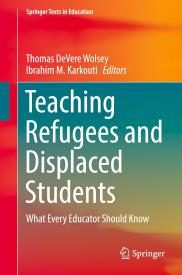
Teaching Refugees and Displaced Students
Ibrahim Karkouti, assistant professor in the Department of Educational Studies, published Teaching Refugees and Displaced Students. The book is a guide for practitioners whose goal is to enhance refugee students’ learning experiences. With millions of children globally in refugee or seeking asylum status, this volume is a must-read for every 21st century educator. Each chapter includes points to ponder as educators work to apply the principles of restoring hope for refugee students and their families.
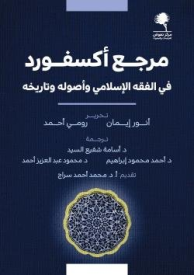
Oxford Handbook of Islamic Law
Mohamed Serag, professor of islamic studies in the Sheikh Hassan Abbas Sharbatly Department of Arab and Islamic Civilizations, has recently published an introduction to the Arabic translation of the Oxford Handbook of Islamic Law. The work offers a historiographic window into the scholarly treatment of a wide range of topics in the field of Islamic legal studies. Each essay, authored by an expert in the field, situates its subject in relation to historical academic scholarship.
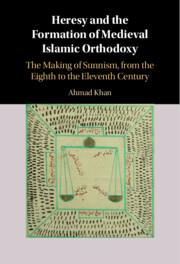
Heresy and the Formation of Medieval Islamic Orthodoxy
Ahmed Khan, assistant professor in the Sheikh Hassan Abbas Sharbatly Department of Arab and Islamic Civilizations, published a new book, Heresy and the Formation of Medieval Islamic Orthodoxy. The text looks at the defining features of classical Sunni Islam which began to take shape between the eighth and eleventh centuries. Among these is the formation of medieval Sunnism, centering around the belief in the unimpeachable orthodoxy of four eponymous founders and their schools of law.
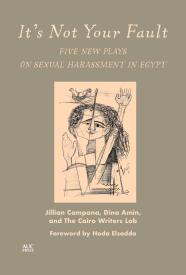
It’s Not Your Fault
Jillian Campana, professor of theater and associate Dean of School of Humanities and Social Sciences, and Dina Amin, associate professor of theatre and director of the theatre program, have published a new book, It's Not Your Fault: Five New Plays on Sexual Harassment in Egypt. These plays, written with alumni Yehia Abdelghan, Marwan Abdelmoneim, Nour El Captan, Passant Faheem, Nour Ibrahim, Noran Morsi, and Omar Omar, are the first plays published in Egypt that deal directly with sexual harassment. Accompanied commentary to contextualize the plays, the book seeks to challenge dominant perceptions about sexual harassment in the region and to shine light on the power imbalances and disparities that give rise to it.
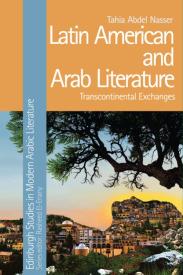
Latin American and Arab Literature: Transcontinental Exchanges
Tahia Abdel Nasser, associate professor of English and Comparative Literature, published a new book, Latin American and Arab Literature: Transcontinental Exchanges (Edinburgh University Press, 2022). The book examines cultural exchange between Latin America and the Arab world in the 20th and 21st centuries. Drawing upon Latin American and Arabic novels, travelogues, memoirs, short stories and chronicles from Cuba, Colombia, Mexico, Guatemala, Egypt, Lebanon and Iraq.
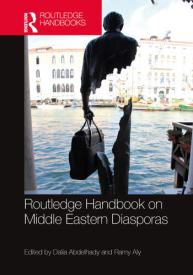
Routledge Handbook on Middle Eastern Diasporas
Ramy Aly, assistant professor and anthropology unit head, co-edited the newly released book, Routledge Handbook on Middle Eastern Diasporas. The book delves into the nuanced experiences of diasporic groups throughout the world, from aging Turks in Sweden to Arabs in Toronto's electronic music scene. Offering a rich compilation of case studies, this book will appeal to students of Middle Eastern Studies, International Relations, and Sociology, as well as being of interest to policymakers, government departments, and NGOs.
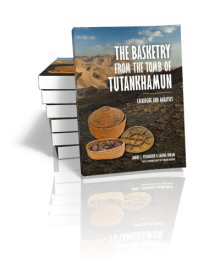
The Basketry from the Tomb of Tutankhamun
Distinguished University Professor, Salima Ikram, published a new book The Basketry from the Tomb of Tutankhamun, Catalogue and Analysis, co-authored with André J. Veldmeijer. The tomb of Tutankhamun yielded over 5000 items, including the hitherto unpublished basketry objects which were used for storage of all sorts of things, including food, clothing and jewelry, and many that were found in the tomb retained their original contents. The book describes and illustrates the basketry and basketry boxes from the tomb in detail, giving attention to the technology, material, shape and decoration, as well as their contents.

Western Theatre in Global Contexts, Directing and Teaching Culturally Inclusive Drama Around the World
Jillian Campana, professor of theater and associate Dean of School of Humanities and Social Sciences, published Western Theatre in Global Contexts, was published by Routledge (Sept 2020). The book presents a chapter on AUC's 2018 production of Lysistrata: "Lysistrata in Cairo: maintaining values while extending the limit" and other chapters offer AUC as a strong example of a liberal arts institution dedicated to honoring regional and local expertise while embracing Western pedagogical trends.

A Country of Defiance: Mapping the Casamance in Senegal
Mark Deets, assistant professor in the Department of History, published this book which offers a spatial history of the conflict in Casamance, the portion of Senegal located south of The Gambia. Deets traces the origins of the conflict back to the start of the colonial period in a select group of contested spaces and places where the seeds of nationalism and separatism took root. Each chapter examines the development of a different piece of the still unrealized Casamançais nation: river, rice field, forest, school, and stadium. Each of these locations forms a spatial discourse of grievance that transformed space into place, rendering a separatist nation from the pieces where a particular Casamançais identity emerged.